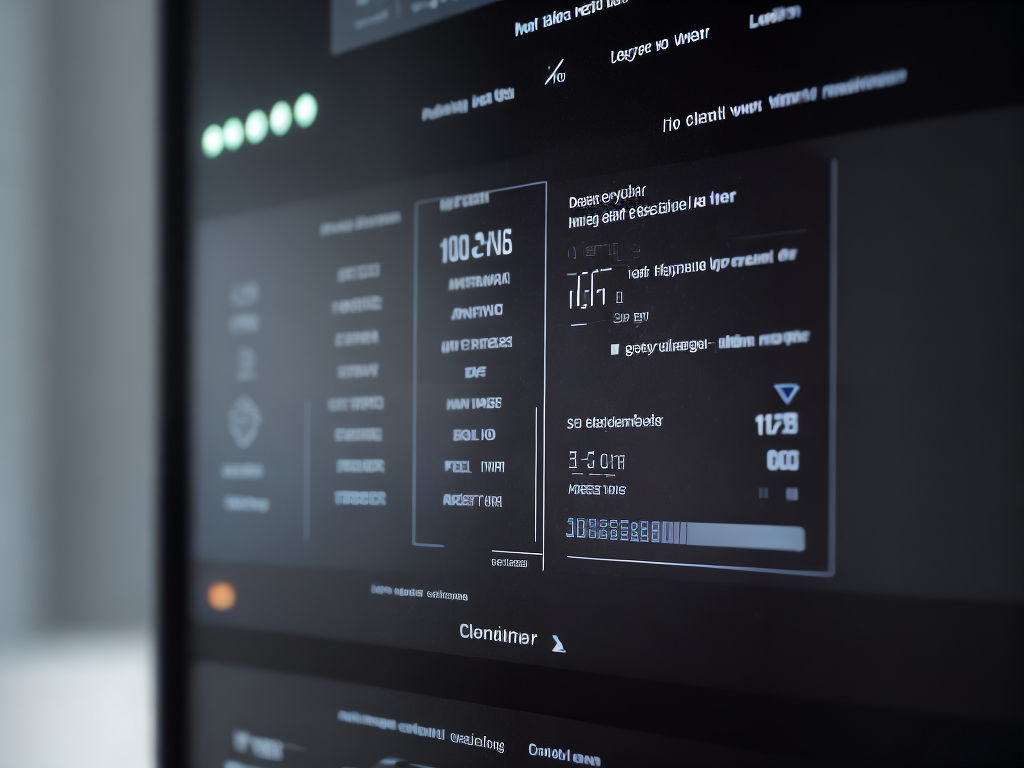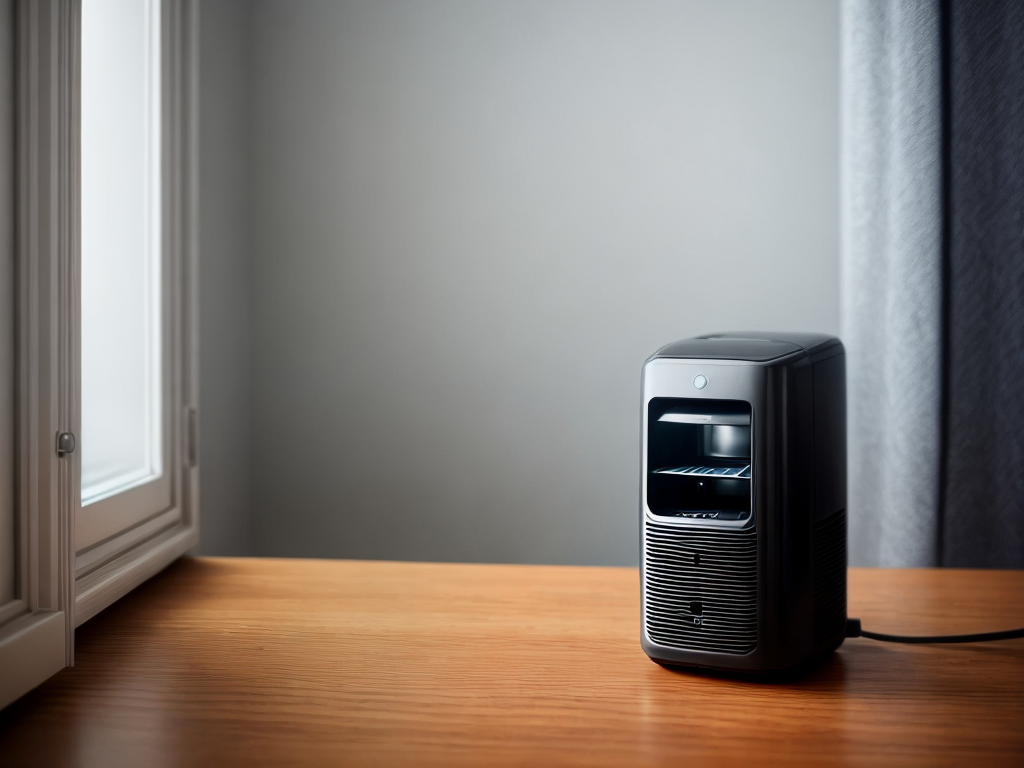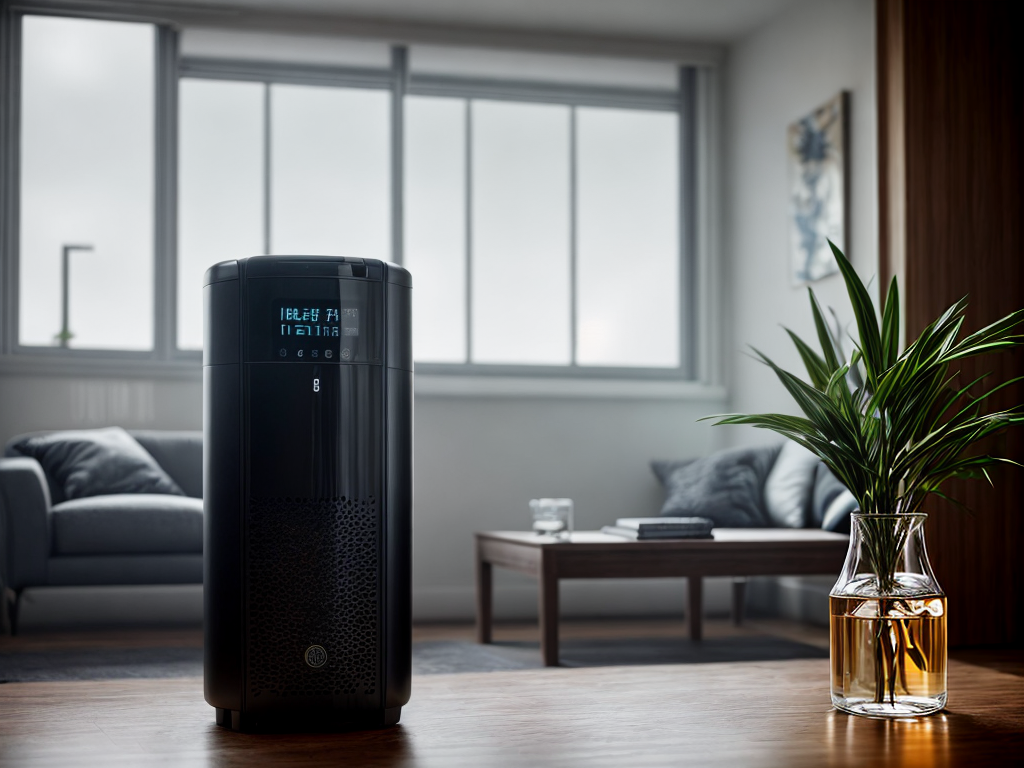
When it comes to operating a dehumidifier, there are a multitude of settings that can leave even the most seasoned users scratching their heads. It’s as if they speak a secret language, each button and knob bearing a mysterious symbol or word. But fear not, for I am here to shed some light on the subject. In this discussion, we will explore the various settings found on most dehumidifiers, from the power switch to the filter indicator, and unravel the meaning behind each one. So, if you’ve ever found yourself pondering over those enigmatic buttons, join me as we uncover the secrets of dehumidifier settings.
Power On/Off
To power on or off your dehumidifier, simply press the designated button. It’s as easy as that! When it comes to dehumidifier maintenance and troubleshooting tips, knowing how to properly turn your unit on and off is essential. By following these simple steps, you can ensure that your dehumidifier functions optimally.
Regular maintenance is crucial to keep your dehumidifier running smoothly. Before powering it on, make sure to clean the air filter to remove any dust or debris that may have accumulated. This will help maintain proper airflow and improve the overall efficiency of your unit. Additionally, check the water tank and empty it if it’s full to prevent any potential overflow issues.
If you encounter any issues with your dehumidifier, there are a few troubleshooting tips you can try. First, double-check that the power cord is securely plugged into a functioning outlet. If the unit still doesn’t turn on, try resetting the circuit breaker or replacing the fuse. If these steps don’t solve the problem, it’s advisable to contact a professional for further assistance.
Humidity Level Control
Maintaining the desired humidity level in your space is essential for optimal comfort and air quality. As someone who values control over their environment, you want to ensure that you have the ability to adjust the humidity level as needed. Thankfully, modern dehumidifiers offer various settings that allow you to do just that.
One of the key features of dehumidifiers is the humidity level adjustment. This allows you to set your desired humidity level, typically measured as a percentage, such as 40% or 50%. Once you set the desired level, the dehumidifier will work to reduce the moisture in the air until it reaches that target.
Different dehumidifiers employ various moisture removal techniques to achieve the desired humidity level. Some use refrigeration, where the air is cooled to condense the moisture, while others utilize desiccant materials to absorb the excess moisture. Regardless of the technique, the goal is to create a comfortable environment by controlling the humidity level.
Fan Speed Control
As someone who values control over my environment, I appreciate the ability to adjust not only the humidity level but also the fan speed of my dehumidifier. The fan speed control is an important feature that allows me to customize the performance of the dehumidifier to suit my specific needs. Here are some key benefits of having control over the fan speed:
-
Energy Efficiency: By adjusting the fan speed, I can optimize the dehumidifier’s energy consumption. For example, during periods of high humidity, I can increase the fan speed to remove moisture quickly. Conversely, when the humidity level is lower, I can lower the fan speed to conserve energy.
-
Noise Level: The fan speed control also allows me to manage the noise level of the dehumidifier. If I need a quieter environment, I can lower the fan speed, reducing the noise produced by the unit.
-
Customization: Having the ability to adjust the fan speed gives me greater control over the dehumidifier’s performance. I can tailor it to meet the specific requirements of the room or space I am dehumidifying.
-
Comfort: By controlling the fan speed, I can create a more comfortable environment. For instance, during the night, I can set the fan speed to a lower setting to minimize disturbance while still maintaining a desired humidity level.
With fan speed control, I can achieve optimal energy efficiency, manage noise levels, customize performance, and enhance overall comfort. It’s another valuable feature that allows me to have complete control over my environment.
Timer Function
I find the timer function of my dehumidifier to be an incredibly useful feature. Not only does it provide convenience, but it also offers significant benefits for those who desire control over their indoor humidity levels. The timer function allows me to program my dehumidifier to turn on and off at specific times, enabling me to optimize its usage based on my daily routine.
One of the main benefits of the timer function is energy savings. Instead of running the dehumidifier continuously, I can set it to operate only during the times when I need it the most. For example, I can program it to turn on a few hours before I arrive home, ensuring that the air is fresh and moisture-free when I walk through the door. This not only saves energy but also helps to maintain a comfortable environment while reducing unnecessary wear and tear on the unit.
Programming the timer function is a straightforward process. Most dehumidifiers come with user-friendly controls that allow you to set the desired start and stop times. Some models even offer the option to program different schedules for different days of the week, providing even more flexibility to tailor the dehumidifier’s operation to your specific needs.
Filter Indicator
The next feature to discuss is the filter indicator, which serves as a helpful reminder to ensure the dehumidifier’s filter is clean and functioning properly. Maintaining good air quality is crucial, and the filter indicator plays a vital role in achieving this. Here are some important points about the filter indicator:
-
Important Reminder: The filter indicator is designed to remind you when it’s time to clean or replace the filter. This ensures that your dehumidifier continues to effectively remove excess moisture from the air, improving the overall air quality in your space.
-
Easy Monitoring: The filter indicator is a convenient tool that allows you to easily keep track of the filter’s condition. It eliminates the guesswork and provides a clear indication of when maintenance is required.
-
Increased Efficiency: Regularly cleaning or replacing the filter not only improves air quality but also helps your dehumidifier operate at its optimal efficiency. A clean filter allows for better airflow, maximizing the dehumidification process.
-
Maintenance Tips: When the filter indicator lights up, be sure to follow the manufacturer’s instructions for cleaning or replacing the filter. Regular maintenance will ensure that your dehumidifier continues to function effectively and efficiently, providing you with clean and comfortable air.








